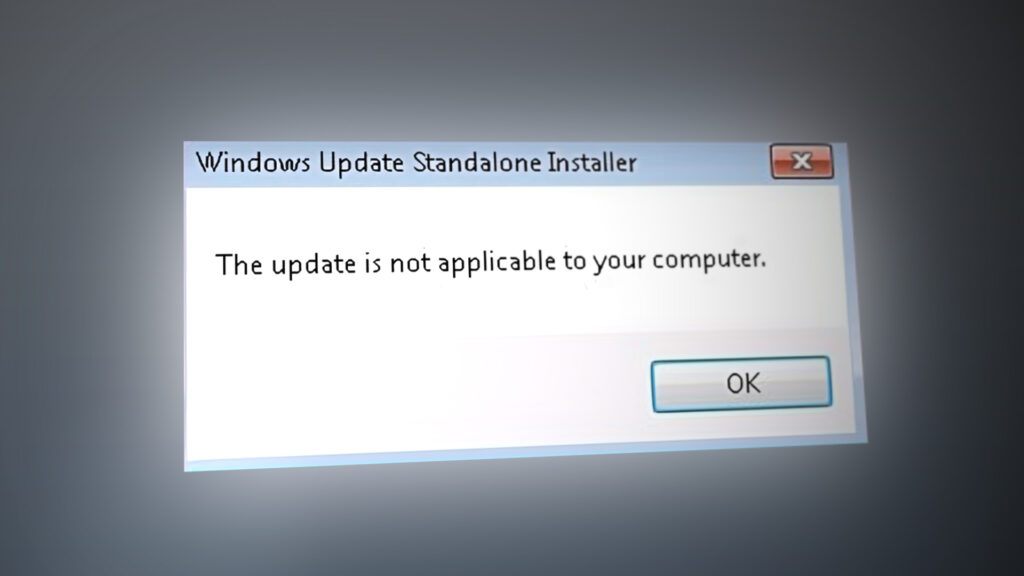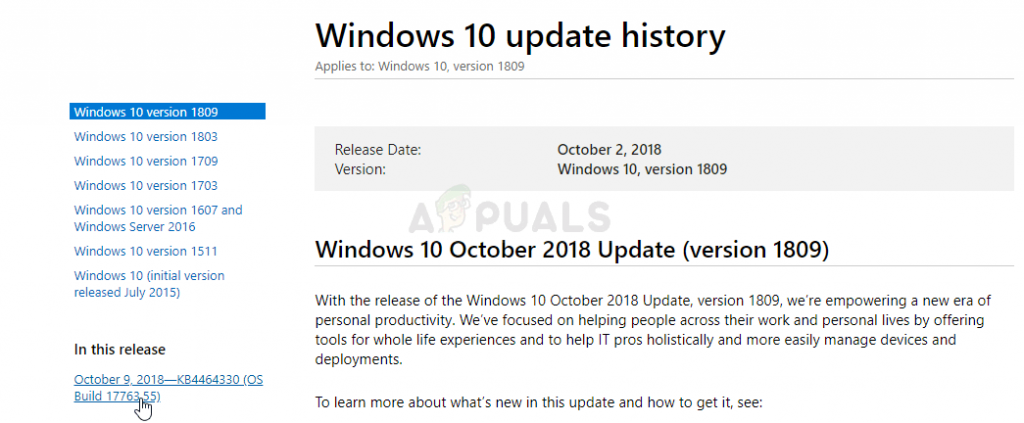How to Fix Windows Update Error 2149842967
This error often occurs when running an update for your computer’s operating system. The most often scenario in which this error occurs is when you are trying to run the update’s installation manually. In other cases, it occurs when trying to check for and install updates on your computer after searching for them automatically.

The error can be resolved in numerous ways. Some of them are easier to do whereas other yield better results. We highly suggest you follow the instructions we have prepared in the article below and try out each method!
What Causes the “Windows Update Could not be Installed Because of Error 2149842967” Error?
This error means that the update you are trying to install might already be installed or might not be suitable for your computer. This is quite ambiguous as things don’t always have to be like that.
If you are certain you know what you are doing, you can try to ‘forcibly’ install the update manually by downloading it from the Windows Update Catalog. You can also try to solve the problem by downloading the update troubleshooter or by resetting the Windows update components to their defaults.
Solution 1: Run the Windows Update Troubleshooter
There is a file available on Microsoft’s official website which contains a Windows update troubleshooter which should get rid of this annoying error message automatically. There are two versions of the file, so make sure you choose the one recommended for your operating system.
- Open up your favorite browser and click this link in order to open it directly. After it opens, check the two download buttons for the file associated with the operating system you have installed on your computer.

- Click the one recommended for you and the download should start immediately. Click the file from the browser’s download ribbon in order to open it and confirm any security prompts which may appear after running it.
- After the Windows update troubleshooter window opens, click on Next in order to run the scan. If you want to run the scan with administrator permissions, click on Advanced and click the “Run as administrator” button.

- Wait for the scan to finish and the problems should be resolved automatically if you follow the instructions which will appear on screen.
- After the process is over, restart your computer, and re-run the update to see if the “Windows update could not be installed because of error 2149842967” problem will appear again.
Solution 2: Install the Update Manually
If the error appears when Windows automatically checks for and downloads updates, you can always try to install it manually by downloading it from the Windows Update Catalog. It’s a website from which you can download pretty much any update ever released for Windows. Try it and see if it solves your problem.
- Visit the Microsoft support site in order to find out which is the latest released update for your version of Windows. It should be located at the top of the list at the left part of the site with the current Windows 10 version at the top.

- Copy the KB (Knowledge Base) number together with “KB” letters as well (e.g. KB4040724) next to the latest released update for your OS.
- Open the Microsoft Update Catalog and perform a search by pasting the Knowledge Base number you copied and by clicking on the search button at the top right corner.

- Click on the Download button to the left and choose the correct architecture of your PC (32bit or 64bit). Make sure you know the architecture of your PC’s processor before choosing this option.
- Run the file you downloaded and follow the instructions on screen carefully in order to complete the updating process.
- After the update has finished, make sure you restart your computer and the update will be installed on your computer and the problem shouldn’t occur with the next update released.
Solution 3: Reset Windows Update Components
Resetting the Windows Update components to scratch is a lengthy process but it’s widely known as probably the best way to solve most update-related problems. It consists of many somewhat complicated parts which is why we have tried to keep it as well-explained as possible.
Since you are going to edit the registry, we recommend you check out this article in order to safely backup your registry to prevent further problems.
- Let’s start with the method by shutting down the following services which are the core services related to Windows Update: Background Intelligent Transfer, Windows Update, and Cryptographic Services. Shutting them down before we start is very important if you want the remainder of the steps to perform without errors.
- Search for “Command Prompt” either right in the Start menu or by tapping the search button right next to it. Right-click on the first result which appears at the top and select the “Run as administrator” option.

- Users who are using an older version of Windows can use the Windows Logo Key + R key combination in order to bring up the Run dialog box. Type in “cmd” in the box and use the Ctrl + Shift + Enter key combination in order to run Command Prompt as an administrator.
- Copy and paste the command shown below and make sure you click the Enter key on your keyboard.
net stop bits net stop wuauserv net stop appidsvc net stop cryptsvc

- After this step, you will have to delete some files if you want to continue with resetting the update components. This should also be done via Command Prompt with administrative privileges. Run this command:
Del “%ALLUSERSPROFILE%\Application Data\Microsoft\Network\Downloader\qmgr*.dat”
- Change the name of the SoftwareDistribution and catroot2 folders. In order to do this, at a command prompt with admin privileges, copy and paste the following two commands and click Enter after copying each one.
Ren %systemroot%\SoftwareDistribution SoftwareDistribution.bak Ren %systemroot%\system32\catroot2 catroot2.bak

- Let’s navigate back to the System32 folder in order to proceed with the final part of this method. This is how to do so in Command Prompt.
cd /d %windir%\system32
- Since we have completely reset the BITS service, we will need to reregister all of the files necessary for this service to run and operate properly. However, each of the files requires a new command in order to make it reregister itself so the process may end up being quite long. Copy the commands one by one and make sure you don’t leave out any of them. You can find the complete list if you follow this link in a Google Drive file.
- The next thing we are going to do is reset Winsock by copying and pasting the following command back into the administrative Command Prompt:
netsh winsock reset netsh winhttp reset proxy

- If all of the steps above have gone through painlessly, you can now start the services you closed in the first step by using the commands below.
net start bits net start wuauserv net start appidsvc net start cryptsvc
- Restart your computer after following through with the steps provided and try running Windows Update again. Hopefully, you will now be able to srtart Windows Update without receiving the error 0xc1900204.





